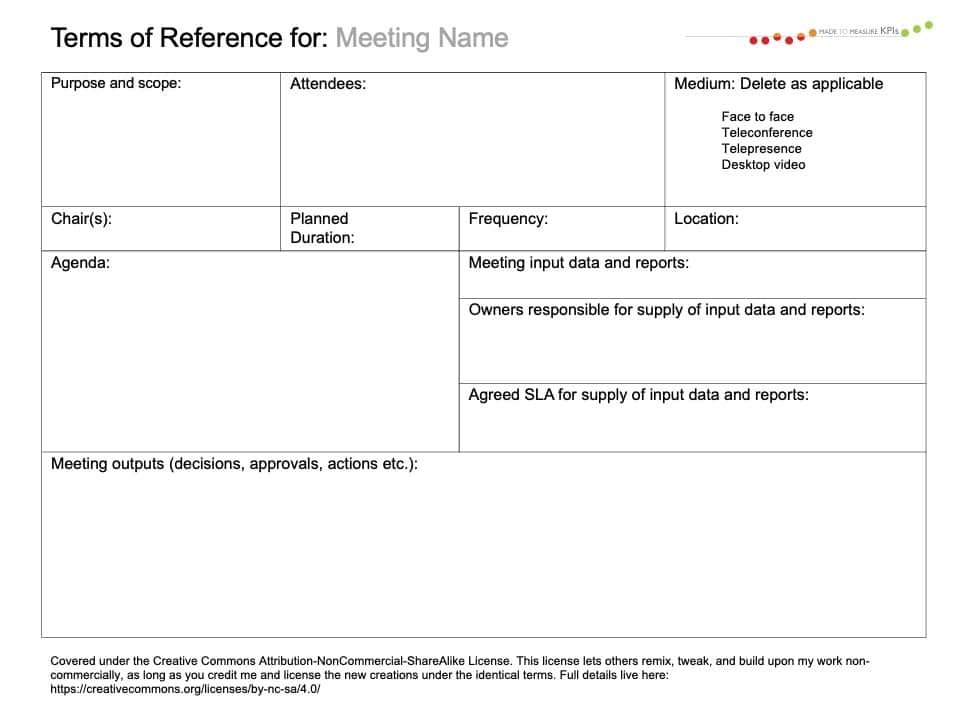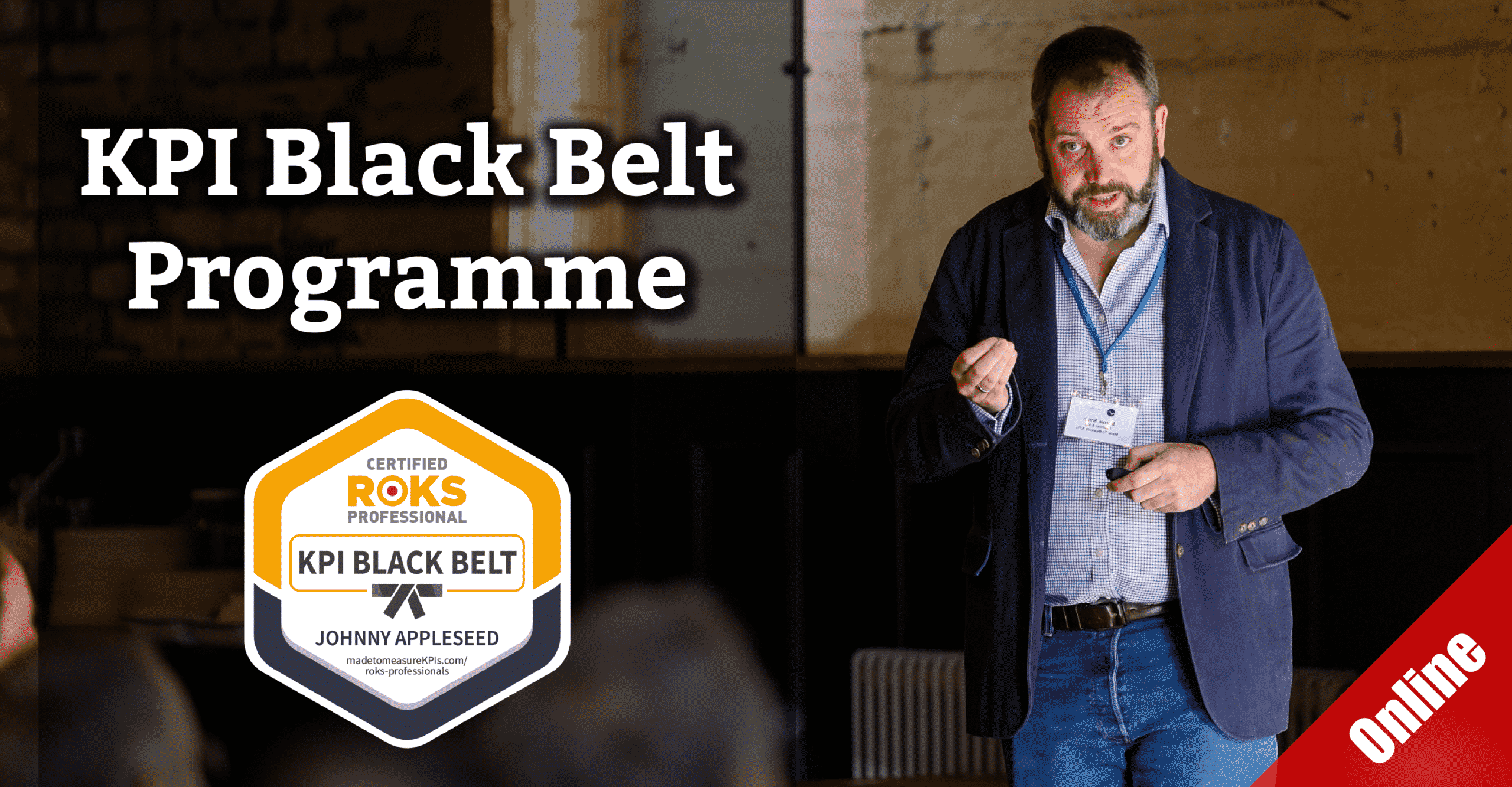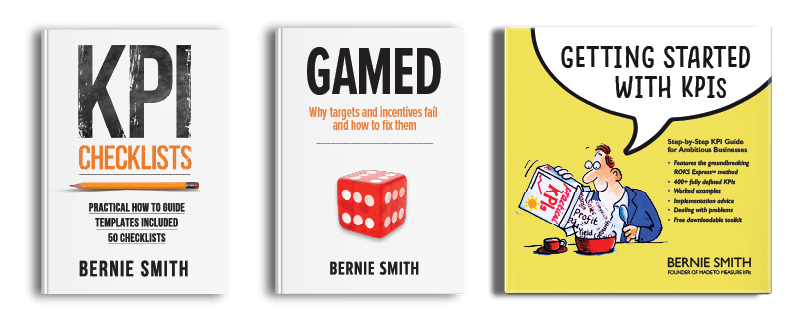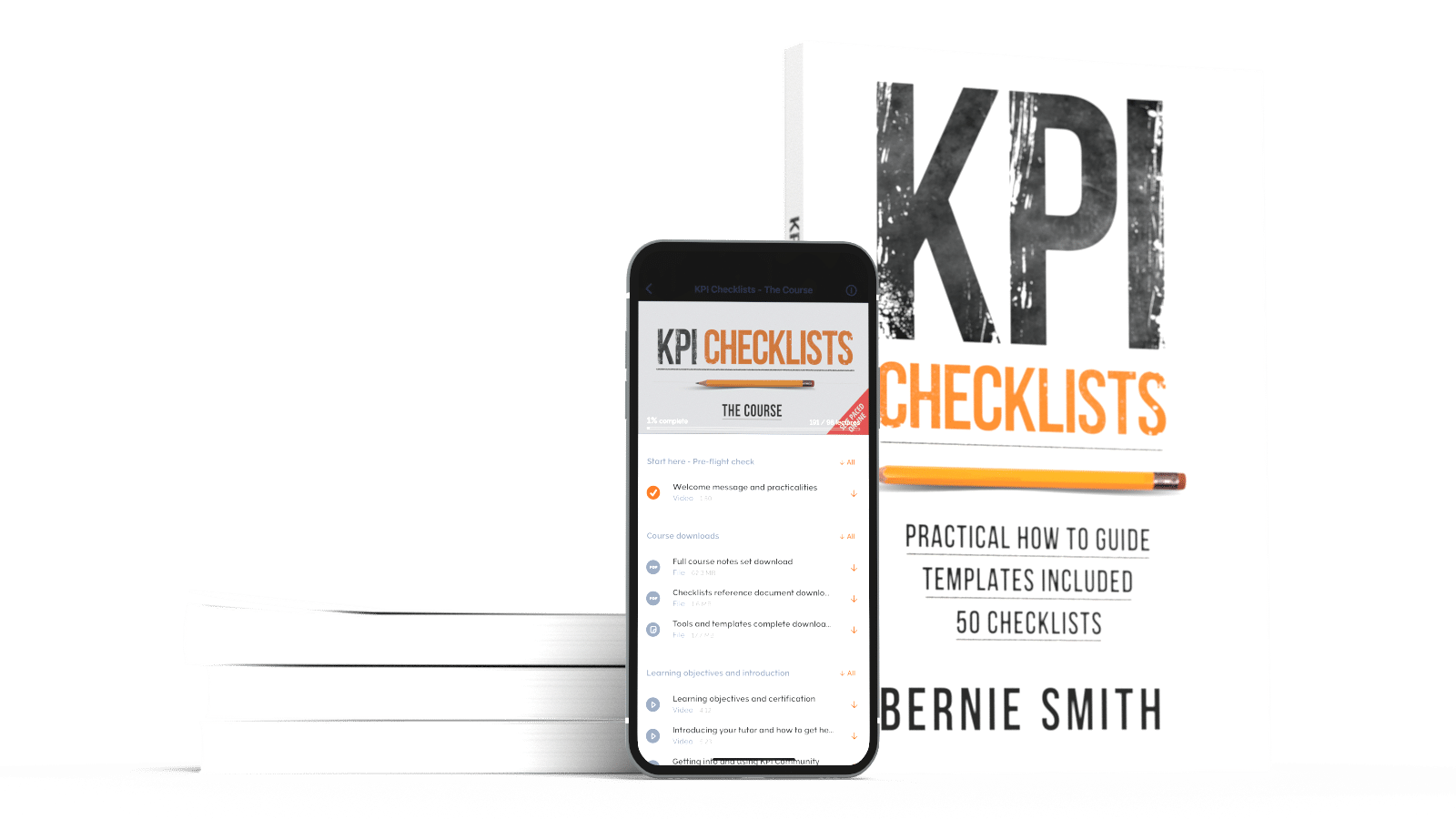What Are Terms of Reference? (Free Terms of Reference Template)
Looking for a meeting Terms of Reference template? We've got one for you to download for free. We'll also answer these questions: what are Terms of Reference, what's the best format, how to introduce it to your team without upsetting anyone, and some FAQs right at the end.
But here’s the twist: Terms of Reference (TOR) don’t just supercharge meeting productivity. They’re also the secret to building reports and dashboards that people actually read, use, and act on. Reports that help you spot problems, make smarter decisions, and boost performance. Let’s get into it.

What are Terms of Reference?
If you’ve ever wondered what are Terms of Reference, they’re basically the “house rules” for a meeting or discussion. It’s a simple one-page document (a mini meeting charter, if you will) that spells out things like why the session exists, what’s on the agenda, and who actually needs to be there.
A Terms of Reference document can be thought of as a little cheat sheet that keeps discussions focused, useful, and—dare we say it—actually productive.
Without one, discussions often drift off course, waste time, and usually end with everyone wondering why they bothered (yup, we've all been there). With one, the right people talk about the right things—and leave with better decision-making and clearer outcomes.
Common Mistakes When There’s No TOR
We’ve all been in these nightmare meetings:
- Discussions that spiral off course. Whether it’s a project team or a committee, people end up talking about everything except the thing that matters.
- The wrong people in the room. Either too many voices, or the one person with authority is missing.
- Circular debates. Same topics, week after week, no progress.
- Reports no one reads. Dashboards crammed with data that have nothing to do with the real decisions.
The fix? Nail down the purpose of the session with a clear TOR. One simple criterion - ‘does this agenda item serve the discussion’s purpose?’ - can stop things drifting.
10 Essentials Every Meeting Terms of Reference Needs
There are a few basic —but critical— sections of a TOR document. Here’s what to include:
1️⃣ Why are we here?
Define the purpose or objective. No purpose = wandering chat.
2️⃣ What’s the scope?
Which part of the organisation, approval level, or project does this cover? In project management, this clarity stops project scope creep before it derails the session.
3️⃣ Inputs
Data, reports, samples, external information – what do participants need to prep?
4️⃣ Outputs
Decisions, budget approvals, sign-offs, action points, or even a clear deliverable – what should come out?
5️⃣ Who should be there?
Roles and authority, not just names. Think carefully about which stakeholder really needs to be in the room.
6️⃣ How often?
Weekly, monthly, quarterly? Set the frequency and make sure the timeline is clear so no one shows up confused.
7️⃣ Who runs it?
Chair, facilitator, or organiser – plus a backup if they’re away.
8️⃣ Roles and Responsibilities
Minute-taker, organiser, project manager, action-chaser – everyone knows what to do.
9️⃣ Where does it happen?
Office, Zoom, Teams, conference call – keep the location clear.
🔟 How long?
Time-box it. Don’t let sessions drag on forever.
Get these parameters nailed down in your TOR and you’ve got a session that’s far more likely to be focused, productive, and worth everyone’s time. Plus, you've got a great evaluation tool for whether sessions are actually working.
How to Use a TOR Document
We recommend summarising the answers to these questions in a one-page document and circulating that document to the proposed session attendees for sign-off.
To make things even easier for you, you can download our ready-to-go Meeting Terms of Reference PowerPoint template for free below!
Follow Us
Free KPI Newsletter

Meeting Terms of Reference PowerPoint Template: Free Download
You don’t need to spend hours writing a novel. A Terms of Reference is short and sweet—one page, tops. Our free template covers all the essentials: why the session exists, what’s in scope, who should be there, and what’s expected at the end, all in our suggested format.
It’s not a chore, it’s a shortcut. If you’ve ever wondered how to write a Terms of Reference, this template makes it easy—just fill it in once, share it with the team, and you’ve got instant clarity.
How to Introduce a TOR Without Upsetting Anyone
Here’s the thing: most people don’t love change. So if you slap down a brand-new Terms of Reference template and demand everyone follows it, you’ll hit resistance.
As a rule, ‘big bang’ introductions don’t work for very long and are quickly forgotten. The best way? Establish it gently, but persistently. Start small. Keep bringing the TOR into the conversation until it becomes second nature.
Focus mainly on introducing the idea to the Chair or the person running the session and getting their buy-in. They're the one with the most power to make this stick. If they champion it—consistently—the rest of the team will fall in line, making the implementation smoother and the meeting more likely to produce a tangible deliverable instead of just more talk.
How a TOR Connects to Reports and Dashboards
Let’s face it—report bloat is real. Most organisations churn out dashboards and reports that are far too long, stuffed with detail, and barely used by the very stakeholder they were meant for. The root cause? The people building them often don’t know how those reports will be used—or which parts actually matter.
The result is wasted effort and information that doesn’t help anyone make decisions.
If you want useful management information, you first need to know how it’s going to be used. Without being absolutely clear on what a meeting is for, you have little chance of supplying the right reports and dashboards. That’s why we always push clients to complete a Terms of Reference template before they start designing their KPI reports and dashboards.
Once you know exactly what a session is for, you know what information it needs. That means you can stop drowning people in irrelevant charts and instead build reports that are sharp, focused, and useful.
The result? Reporting that links directly to strategic goals, supports project management, pulls from the right data sources, and actually drives decisions.
Example: A Bad Meeting vs. A TOR Meeting
- Without a TOR: 12 people in a room. Seven of them bored and not really involved in majority of the discussion. Ninety minutes of rambling. Three topics never even touched. No decisions made. Everyone leaves frustrated.
- With a TOR: 45 minutes. The right five people in the room. Clear inputs, focused discussion, and two concrete, realistic actions agreed. Everyone leaves knowing exactly what to do next.
The difference is night and day.
FAQs About Terms of Reference
Do I need a TOR for every meeting?
No. Save it for regular, recurring sessions where clarity and consistency really matter.
How detailed should it be?
Not very. One page is perfect. If it runs longer than that, you’re writing a manual, not a TOR.
Who owns the TOR?
The Chair or the person running the session. They’re the one responsible for making sure the session runs to purpose. In some cases, especially for governance or steering groups, the committee—or even the project manager—takes responsibility for keeping the TOR alive.
Can it change over time?
Absolutely. If the scope or purpose of the session shifts, update the TOR to match.
Learn More
The Terms of Reference is just one tool from the ROKS method, a unique KPI selection and design process created by performance strategy expert (and author of this post), Bernie Smith.
To dig deeper, check out my book KPI Checklists or take the e-learning course below.












